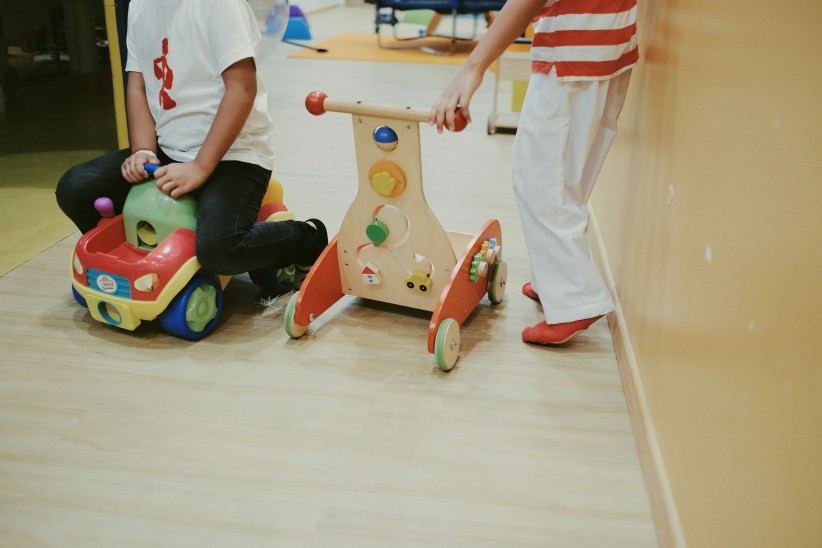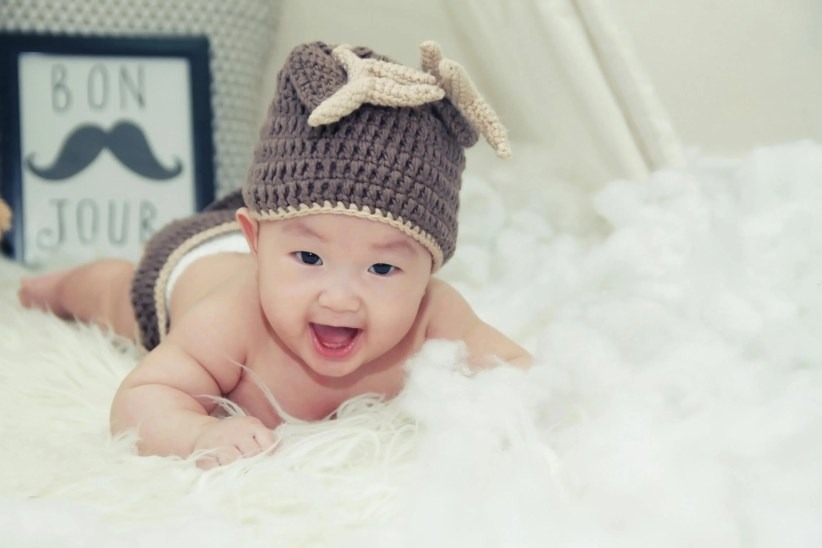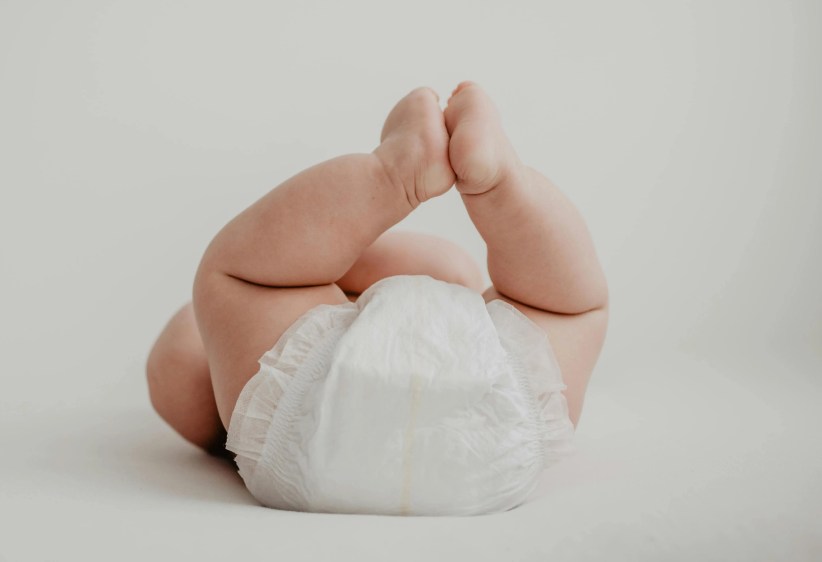 Sleep safety is one of the most important factors to keep in mind when you bring your new baby home. In fact, there are some sleeping practices that may see innocuous but can actually have investigating consequences without proper knowledge in place.
Sleep safety is one of the most important factors to keep in mind when you bring your new baby home. In fact, there are some sleeping practices that may see innocuous but can actually have investigating consequences without proper knowledge in place.
In “Sleep Environment Risks for Younger and Older Infants”, a study published by Pediatrics, the official journal of the American Academy of Pediatrics, in July , researchers found that the risk factors for Sudden Infant Death Syndrome (SIDS) and other sleep-related infant deaths vary greatly depending on the age of the infant. After studying a total of 8,207 deaths, researchers concluded that “[the] predominant risk factor for younger infants (0–3 monthsof age) is bed-sharing, whereas rolling
to prone, with objects in the sleep area, is the predominant risk factor for older
infants (4 months to 364 days).
Let’s break down the important implications:
1. Parents inclined to bed-sharing with infants should be aware of the risks, and note that the American Academy of Pediatrics (AAP) strongly cautions against bed-sharing with little children, suggesting instead that room-sharing without bed-sharing is safer option that could also satisfy the desire to keep an infant near by.
“Placing the infant’s crib or bassinet near the parents’ bed can significantly reduce the risk of SIDS and the possibility of an infant suffocating, strangling, or becoming trapped while sleeping on an adult bed. Infants may be brought into the bed for feeding and comforting, but they should be returned to their own crib when the parent is ready to go to sleep, ” note the AAP’s guidelines for sleep safety and SIDS reduction. “Studies have not demonstrated any bed-sharing situations that protect against SIDS or infantile suffocation. As a result, the AAP does not recommend any specific bed-sharing situation as safe; some bed-sharing situations should be avoided at all times. For example, twins, triplets, and higher-number infant groups should have separate sleep areas and not be bedded together.”
The new study found that 73.8 percent of the deaths of infants four months and under were related to bed sharing and 51.6 percent, in particular, were related to sleeping on a care giver. If an adult shifts or turns in their sleep they may cut off the infant’s access to oxygen and therefore suffocate or asphyxiate them because they don’t have the motor functions to change their position.
2. For older infants (4 months and up) who are beginning to roll over and around in their sleep (and otherwise), keep the crib clear of objects (like blankets, bags, or stuffed animals) that they could roll into, or beside, and be in a position where their breathing blocked is blocked or hampered.
Among the older infants who had sleep-related deaths, the study found that 39.4 percent had one or more objects in their sleeping area and 18.4 percent had changed their sleeping position from their side or back to a prone position on their stomach. It is believed that the common cause for these deaths is that the infant either rolls into an object and cannot move away or is not used to the prone position and accidentally suffocates because they cannot right themselves back onto their side or back.
While the study highlights the risks of bed-sharing between adults and infants, and cribs with objects that could pose hazards, there are a host of other practices recommended by the AAP for new parents (and expectant parents) that can reduce the risk of SIDS: from the critical step of “always [placing] your baby on his or her back for every sleep time” until they are regularly turning over, to “always using a firm sleep surface.” You can find more of their tips here and here.
And to learn about the new study on “Sleep Environment Risks for Younger and Older Infants, visit pediatrics.aappublications.org.






















